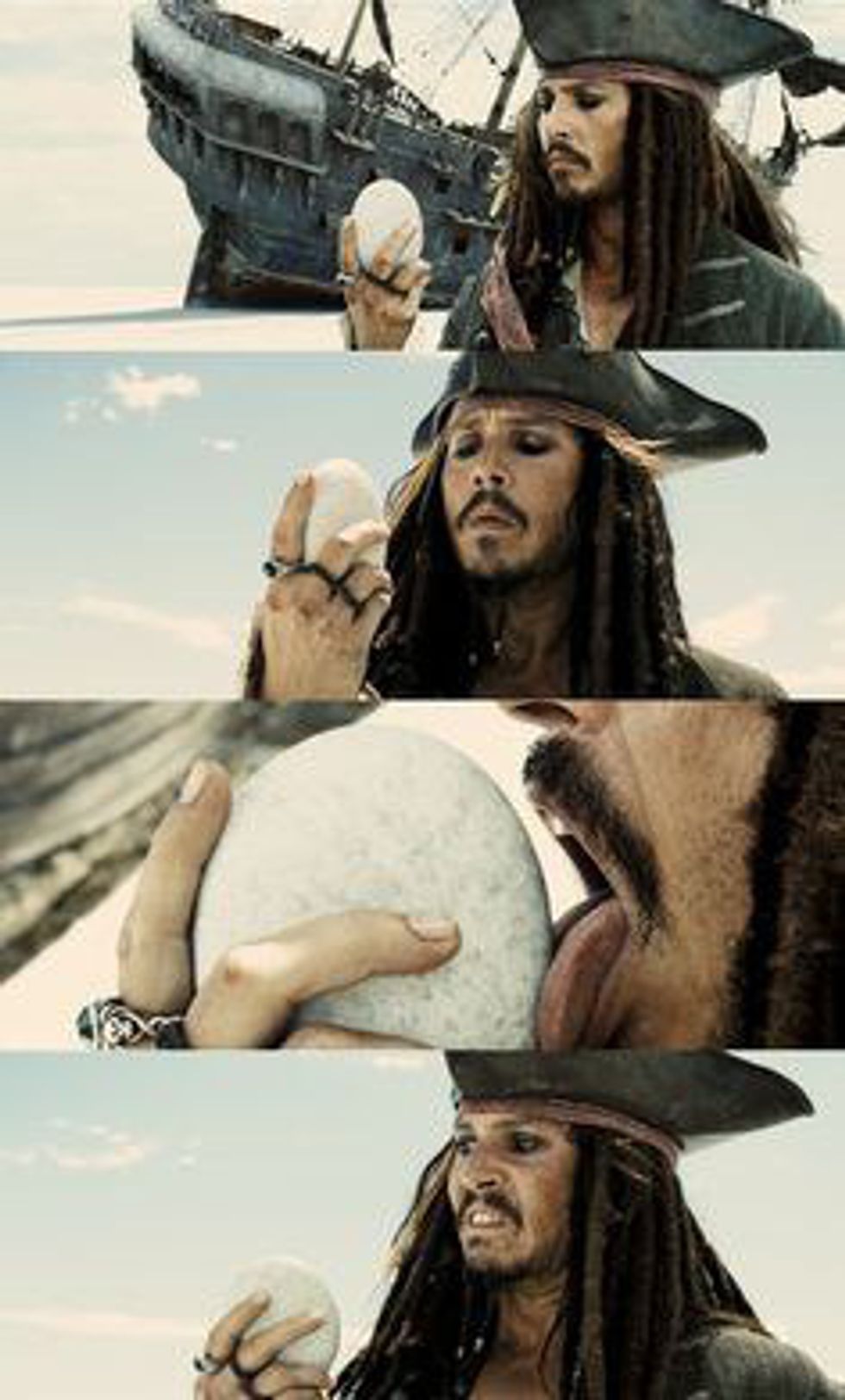When I was younger, I never considered myself an artist. Pencil to paper produced terrible results, and I didn't have the patience to practice and get better. When I was a freshman in high school, I signed up for a class called Digital Design, thinking it would be an easy art elective to do once and never again. On the first day of school, I climbed three flights of stairs and entered one of the only classrooms on campus that I would come to miss as a graduate. As I found my seat, I began a four year journey that would change my thought process for good.
1. Geeking Out About Designs
When your entire class curriculum is based on real world projects, you start to notice why different products pop out at you at the grocery store. One night while I was stocking tuna fish with a coworker, and came across a case of cans with a beautiful gradient design with colors that mixed well. I turned to him with the can in hand and said “Look at this label! Look at that gradient! The fish is big but not overbearing, and gosh it must have been expensive to print too, most people do their designs with few colors because color is so expensive to print."
2. Thinking Like Others
There are countless ways to do something in an Adobe program, and more often than not, two students sitting next to one another will do the same thing in totally different ways. When you collaborate with somebody who does things differently, you find that you need to think the way that they think. It's easier to explains something to somebody in a way that they understand than it is to teach them a new way first. With practice, figuring out how others think becomes like a second nature. It even becomes easier to understand why people who think similarly think the way that they do.
3. Nitpicking The Small Stuff
But usually, only on your own work. Knowing that what you're working on needs to look sharp, clean, and professional, you find yourself seeing flaws that most other people, wouldn't see or care about. A line whose bump is just a few degrees too steep, or a color that's just a few shades too dark, must be fixed at a moment's notice. This can be both a blessing and a curse. It's a blessing when you're cleaning up before guests and you want things to look nice and neat, but a curse when you need to move on to the next room and you won't stop adjusting the chotskies' positions.
4. Chaos Makes Sense
An artist's work space is rarely clean during the creative process, and from an outsider's perspective, things can seem like a wreck. There's reference pieces scattered across the table, pencil shavings and eraser bits sprinkled on the page, and a cup of paint threatening to tip at any moment. However, everything has its place and every place has its thing. An artist can look at a disaster and see a beautiful mess, while others just see clutter.
5. There's No Such Thing As Perfect
As an artist, a piece isn't done until you say it's done, but sometimes it's only done because you're tired of working on it. You can't get the vision in your head onto the canvas, no matter how many times you leave and come back. The angle of the curves on the head of your dog might be mathematically perfect, but they still just might look wrong. And even if the piece looks perfect to you, there's always going to be a naysayer that says that it doesn't look right to them. Sometimes "perfect" just equates to "good enough."
While I don't make art quite as often as I used to, I haven't and don't ever plan to stop creating. Art is what makes me happy, and I can't imagine a life without it. It's helped me express myself and convey new ideas in a way that I was never able to in the past. Becoming an artist helped me see the world and think in a whole new way, and I can't wait to see what other ways art shapes me.



























